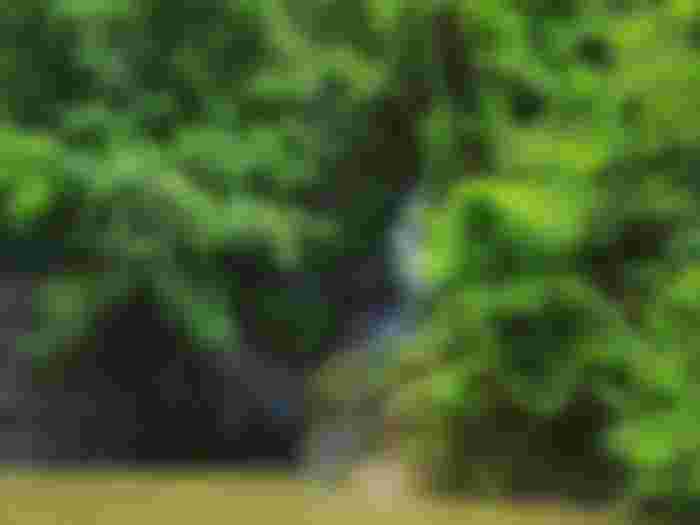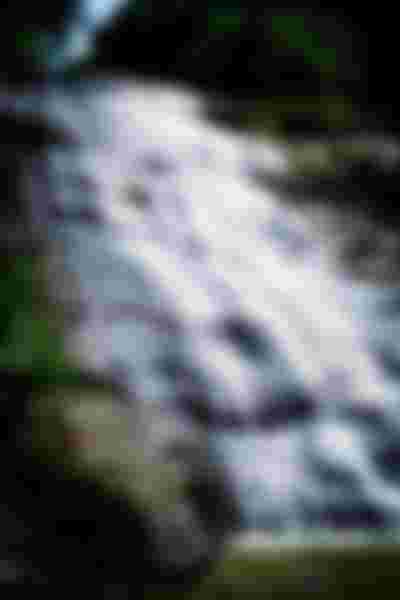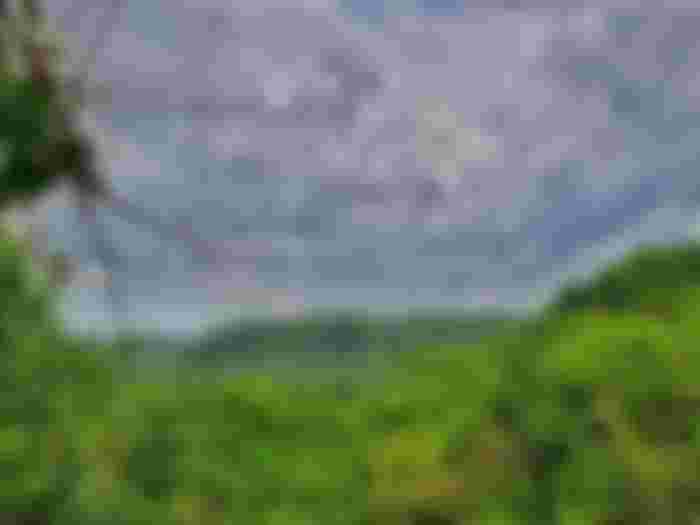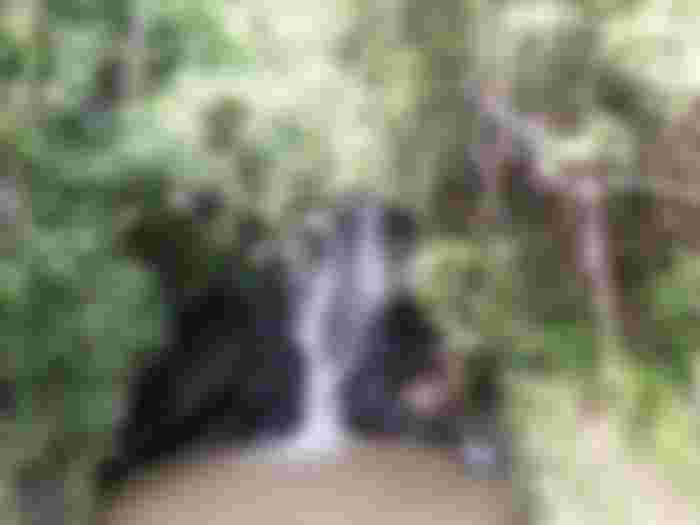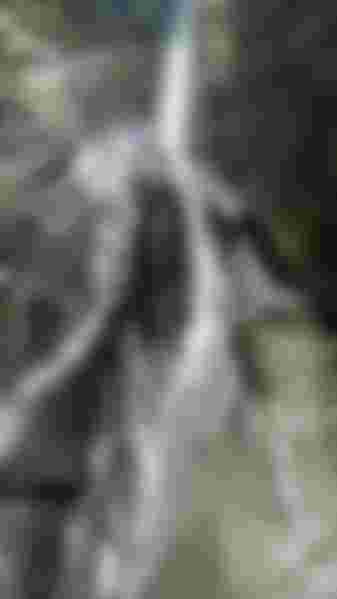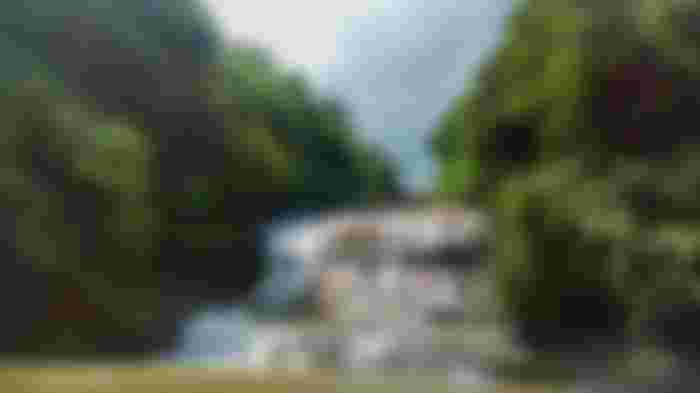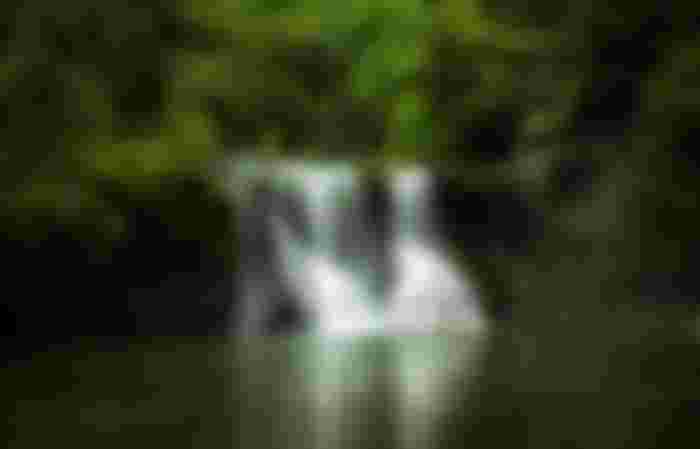“Fountain! Fountain! Beautiful fountain!
Liquid Chandrika! Sandalwood - Varna!
The region is irrigated with gold,
Giri - Mallika Dole Kuntale Karne
Tanu Bhari's youth, Tapasi Aparna! ”
Many other poets like Satyendranath Dutt were fascinated by the beauty of the fountain and wrote poems about the fountain.
For those who are thirsty for travel, the flow of the river, the madness of the sea fascinates, and the catastrophic beauty of the waterfall attracts the strangers. That is why even after overcoming various adversities, walking a long way, even if it is a steep path, the thirsty travelers run to the lap of the fountain.
Today's article is about some of the amazing springs scattered along the road from Mirsarai to Sitakunda.
Khayachara spring
Khayachara is located on the Mirsarai road towards Sitakunda, north of Baratakia Bazar in the hills of Mirsarai. According to locals, the spring has been around for more than 40-50 years. The number of tourists has been on the rise since a group of tourists went to the fountain and shared pictures shared on social media. In 2010, the government declared Bish Al part of Bartakia hill from Bariadhala as a national park. It also includes khayachara.
If you want to see the Khayachara waterfall, there is no way to go directly to the waterfall by vehicle. Arriving at Mirsarai, any local vehicle will drop you off at Baratakia, Khayachara on the way to the waterfall. From there you can take the local CNG to the nearest village to the fountain.
There are some shops here for the convenience of tourists. You can order food before leaving. There is also a facility to change clothes after returning from the shower. Necessary tools for tracking will also be available (bamboo, anklet). The first two steps of the Khayachara waterfall are relatively easy compared to the rest of the way. You have to walk a long distance, there is no problem of tracking. If you want to go to the rest of the steps, sometimes you have to go up and down the path, sometimes you have to go up and down with a rope, or you have to cross all the steps by crossing a rocky path.
If you want to see all the steps, it is convenient to put your shoes down before you start walking on the path to the fountain. A good grip is available in slippery places when the anklet rises later. The Jhyipath of Khayachara waterfall is along the same path. All the fountains can be found in the same way before the current of the fountain water. So there is no fear of losing the way even if you do not take the guide. Khayachara takes on an amazing shape in the rainy season. Crossing narrow paths is a bit dangerous then, so it is better not to go in the rainy season without experience. However, it is better to go at the beginning or end of the monsoon than to go to the dry season.
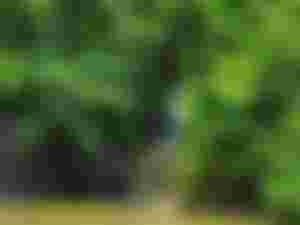


Napittachara fountain
Napittachara spring is also located in the hills of Mirsarai. There are 3 big fountains in this path. The locals call the three springs Kupikatakhum, Mithachari and Bandarkhum. The name of the road leading to Jharna Jhiri is more common from Napittachara. The first two fountains of Napittachara are of medium size, the last fountain is much larger. To go, first you have to come from Mirsarai to Nayduari Bazaar. Here, too, the nearest village shop will have access to emergency equipment for eating, bagging and tracking.
The distance from one of the three fountains of Napittachara to the other is not very much. It can be seen in a very short time. If there is more water in the rainy season, its beauty increases. But then you need to know how to swim to get to the bottom of the water.



Lotus fountain
The lesser known trail of Mirsarai is the Khayachara or Napittachara waterfalls. If you want to go, you have to get off at Baradarogahat in Mirsarai. Jhiripath can be found by walking along the railway line along the village path. Not as well known as 'Tourist Place'. However, it is a little different from the other two. Its waterways do not follow the same path. After seeing a large waterfall and its tributaries, one has to go back again and come along the path of another waterfall. So it is better to take a local guide here.
Big Kamaldaha, Chagalkanda and Patharbhanga springs are very well known. The most unique thing about the Kamaldaha waterfall is that it looks very different during the rainy season and at other times. These waterfalls have to be walked along long ditches, which are not inaccessible, but the distance of the path is quite. During the monsoon season, the water level in Jhiripath rises to a terrible level. There is also a situation of being swept away by the water. Several people have to cross the current with their hands together.
Bamboo must be taken during the rainy season. Apart from the rain, the waterfalls are very beautiful to see. If there is sunshine, a rainbow can be seen in the spring water. And after 2-3 days of continuous rain, the fountain that takes on an extraordinary shape cannot be matched with the fountain seen at other times. The trail of this trail is divided into two parts in a row, two paths on one side and two waterfalls on both sides. When you come back to the first turn, you take another path and then two paths. Two more fountains in these two ways. Due to the currents in the rainy season, it takes more time to walk to the fountain. So it is not possible to see more than 3-4 fountains in one day. But it is at this time that the lotus takes on the most beautiful form. But yes, you should not go at this time if you do not have experience. There are arrangements to come down from the spring and eat and rest in the village shops. There is no change of clothes in the shops here. However, they make arrangements at the house of any person in the village as soon as they say shop.


A fountain
Jharjhari has not become so well known yet. If you want to go here, you have to go down to Mirsarai's Panthichila first. The railway line can be found only a short distance east of Panthichila. The village methopath is next to the railway line. Jhiripath of the fountain as soon as you walk along the methopath. It is better to take a local person as a guide. You have to cross the hill ahead of Jhiri, then walk along Jhiri again and see the fountain. Its name is Jharjhari Prapat. Crossing another hill from Jharjhari Falls and walking along Jhiri Path, you will find some amazing cascades and khum. After crossing these and walking further, you can see the idol fountain. As the idol rises above the fountain, some more fountains can be seen.

You have to go trekking in all these springs, so it is better to create such morale. Mobile phones, polythene bags for security of cameras, towels, mustard oil to avoid leech.
With the increase in tourist arrivals, the streams of the waterfalls are getting dirty. Therefore, indigestible products, even perishable products should not be thrown away. These places of natural beauty will fail to retain their original form without the cooperation of all of us.
Thanks for reading this article for so long.
If you like it Upvote Can give.
